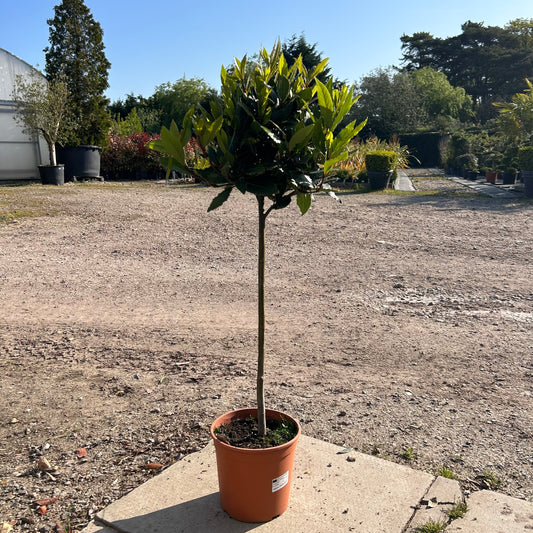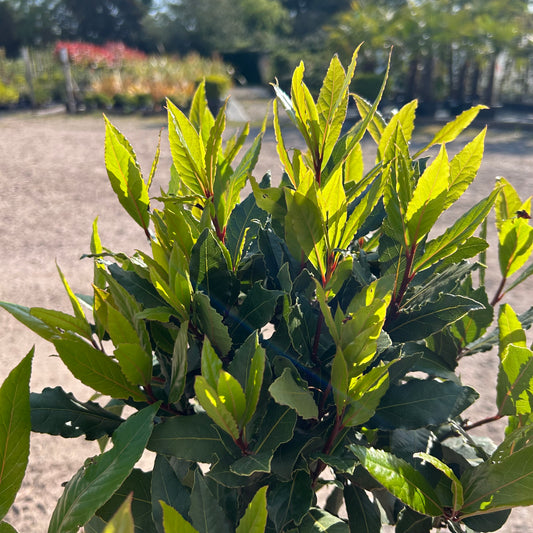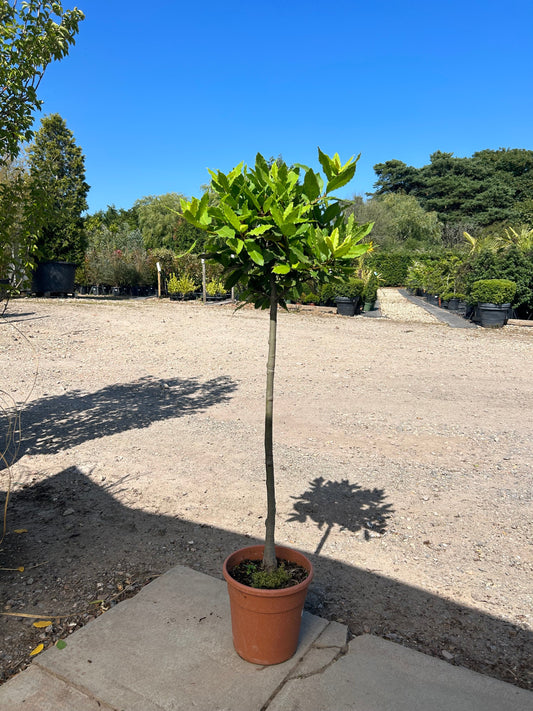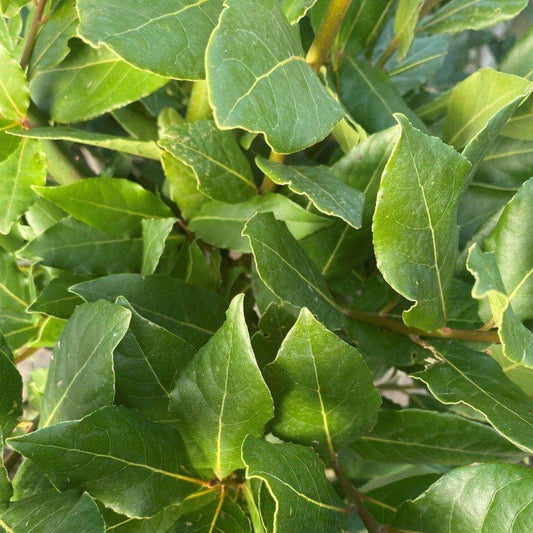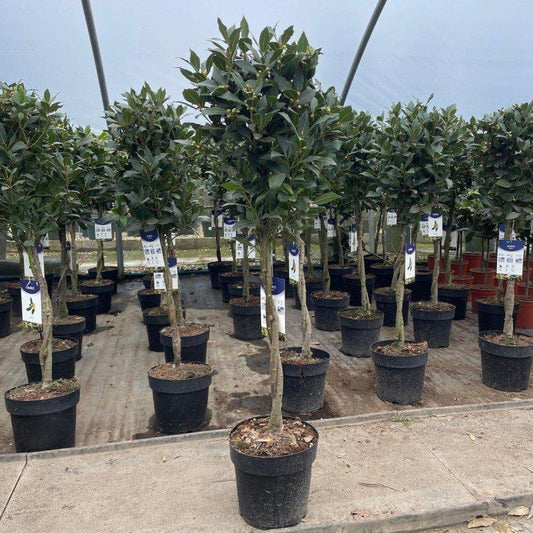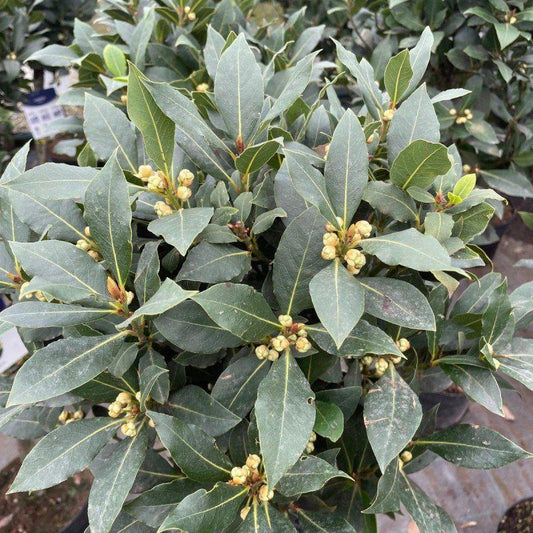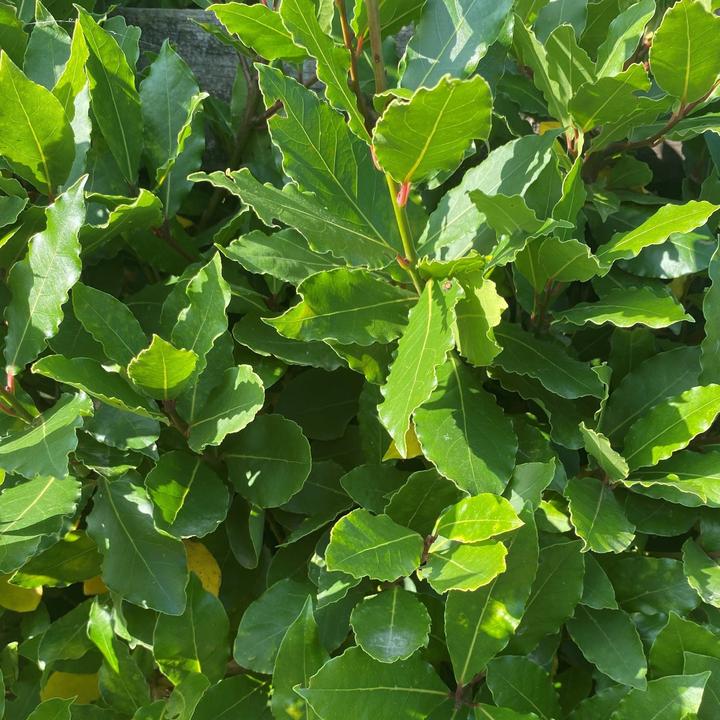Bay Laurel hedging is an excellent choice for adding beauty and privacy to our gardens. These evergreen plants not only bring a pleasing smell but also create an attractive greenery that can enhance any landscape design. Growing Bay Laurel is relatively easy, and with the right care, we can enjoy their benefits for years to come.
In this article, we will explore how to cultivate Bay Laurel hedging, including the best planting practices and essential maintenance tips. We will also discuss its decorative uses and how it can serve both functional and aesthetic purposes in our outdoor spaces. With its glossy leaves and rich aroma, Bay Laurel truly stands out among hedging options.
Whether we are seasoned gardeners or just starting, understanding the unique qualities of Bay Laurel will help us make informed decisions for our gardens. Let’s dive into the world of Bay Laurel hedging and discover how to make the most of this versatile plant.
Key Takeaways
- Bay Laurel hedging provides beauty and privacy in gardens.
- Proper cultivation and care are essential for healthy growth.
- This versatile plant offers both decorative and functional uses.
Understanding Bay Laurel Hedging
Bay Laurel, known scientifically as Laurus Nobilis, is a popular choice for hedging. It offers a lush, dark green appearance and can provide excellent privacy in our gardens. This section looks at its botanical profile and growth characteristics.
Botanical Profile: Laurus Nobilis
Laurus Nobilis, or Bay Laurel, is an evergreen shrub that can grow into a small tree. Its glossy leaves are elongated and dark green, which adds richness to our landscapes. The leaves can be up to 10 cm long and are aromatic, often used in cooking.
Bay Laurel produces small, yellow flowers in spring, which can be less noticeable amid its foliage. This plant is native to the Mediterranean region but adapts well to various climates. Its versatility makes it suitable for hedging.
Growth Habits and Plant Characteristics
Bay Laurel grows at a moderate pace, reaching heights of 1.5 to 3 metres when mature. We appreciate its ability to withstand different soil types, providing that they are well-draining.
This plant prefers full sun but can tolerate partial shade. Regular pruning keeps Bay Laurel looking neat and allows for control over its height. It also maintains its shape well, making it an ideal option for formal hedges.
Bay Laurel is generally resilient, resistant to many pests and diseases. When planting, we should aim for a spacing of about 60 cm to allow for proper growth. Regular watering is essential, especially in dry periods, to keep the soil moist and support healthy foliage.
Cultivation and Planting
When cultivating bay laurel for hedging, proper planting techniques and site preparation are essential. We need to consider the best time to plant, how to prepare the soil, and the appropriate density for optimal growth.
Best Time to Plant
We generally recommend planting bay laurel during spring or autumn. These seasons provide the best conditions for root establishment. If we plant in spring, we should wait until the danger of frost has passed. In autumn, planting should be done at least six weeks before the first expected frost. This timing helps the plants settle in without the stress of extreme weather.
Soil Preparation and Requirements
Bay laurel thrives in well-drained soil with a pH level between 6.0 and 7.5. We should avoid soil that is waterlogged, as this can harm the roots. Before planting, it’s vital to amend the soil with organic matter, such as compost, to improve drainage and retain moisture. If we are planting in chalky soil, ensure that it is enriched for better nutrient availability. Regular testing will help us maintain the right conditions throughout the growth period.
Planting Density and Location
When planning our planting, spacing is key. We should plant bay laurel at a density of 60 to 90 centimetres apart for a compact hedge. This distance allows each plant to receive adequate sunlight and air circulation without competition. Positioning the plants in full sun or partial shade is ideal for healthy growth. A sheltered spot can help protect them from harsh winds, ensuring stronger plants. Regular pruning will also encourage bushiness, making the hedge an effective privacy screen while maintaining shape.
Maintenance and Care
To keep our bay laurel hedge healthy and visually appealing, we need to focus on proper pruning, protection against pests and diseases, and an effective feeding and watering schedule. Each aspect plays a vital role in ensuring that our laurel grows stronger and remains beautiful throughout the year.
Pruning Techniques
Regular pruning is essential for maintaining the shape and health of our bay laurel hedge. We should aim to trim our plants in early spring and mid-summer. For young plants, we can lightly trim back around two inches (5 cm) from all new shoots. This encourages bushy growth rather than tall and thin stems.
As our plants mature, we can use more precise techniques. We should remove any dead or damaged branches promptly to prevent disease spread. Create a clean cut at a slight angle to allow water to run off, reducing the risk of rot. Pruning not only controls height but also helps suppress weeds and airflow, which is crucial for reducing stress on the plants.
Protecting Against Pests and Disease
Bay laurel hedges can be affected by pests such as aphids and scale. To manage these, we can regularly inspect our plants. A strong jet of water can dislodge many pests, and applying insecticidal soap can also be effective.
We must also watch for diseases like root rot, especially in poorly drained soil. We can prevent this by ensuring good drainage and being mindful of our watering schedule. If we discover any issues, treating them early is key. Natural remedies like neem oil can help combat both pests and diseases without harming our plants.
Feeding and Watering Schedule
To ensure vibrant growth, we should feed our bay laurel hedge with a balanced fertiliser in early spring. This provides the nutrients needed for healthy leaves and root development. A slow-release option is often ideal, giving our plants a steady supply of nutrients over time.
In terms of watering, we should aim for consistent moisture, especially during mild temperatures. The top inch of soil should dry out between waterings to avoid overwatering, which can stress the roots. During hot spells, we may need to water more frequently. This careful attention helps ensure that our bay laurel continues to grow faster and stay robust.
Decorative Uses and Final Considerations
Bay Laurel hedging serves multiple decorative purposes while offering practical benefits. Its dark green leaves provide year-round interest. Its versatile nature makes it suitable for diverse garden styles, from formal to informal. We can utilise different techniques and varieties to enhance our outdoor spaces significantly.
Topiary and Aesthetic Design
Bay Laurel is an excellent choice for topiary. Its slow growth rate allows us to create and maintain detailed shapes. With regular trimming, we can achieve a neat and compact hedge or sculptural forms, adding elegance to pathways and garden borders.
The aromatic foliage also adds a sensory element to our gardens. For those seeking a bushy appearance, these plants can be spaced closer together, enhancing their fullness. Prices for quality specimens vary, but investing in well-grown, healthy plants ensures longevity and beauty.
Choosing Varieties for Your Space
Selecting the right variety of Bay Laurel is crucial for achieving the desired aesthetic. Some varieties are more compact, suitable for smaller gardens, while others can grow taller, ideal for creating privacy.
When choosing, consider the location: Bay Laurel prefers well-drained soil and sunny spots. Opting for a fast-growing variety can fill empty spaces quicker, while slower growers provide a formal look over time.
Each type has its unique berries and foliage traits. For instance, the Bay Laurel’s dark green leaves are attractive, with some varieties offering stronger aromas to enhance your garden experience.
Frequently Asked Questions
In this section, we will address common questions related to Bay Laurel hedging. We aim to provide clear and concise answers to help you make informed decisions about planting and caring for this type of hedge.
What is the typical growth rate of a Bay Laurel hedge?
Bay Laurel can grow quite well, typically reaching heights of 1 to 2 feet per year under optimal conditions. However, growth can vary based on factors such as soil quality, sunlight, and water availability.
Are there any drawbacks to using Bay Laurel for hedging?
While Bay Laurel is an attractive option, it can be slow to establish compared to other hedging plants. Additionally, it may require regular maintenance and pruning to keep its shape and density.
How should Bay Laurel be spaced when creating a hedge?
When planting Bay Laurel, we recommend spacing the plants about 2 to 3 feet apart. This allows enough room for growth while still forming a dense hedge over time.
Is Bay Laurel hedging considered toxic to pets or humans?
Bay Laurel leaves are generally safe. However, ingestion can cause mild digestive upset in pets. It's best to keep plants out of reach of pets and young children as a precaution.
What size should Laurel plants be for initial planting?
For best results, we suggest starting with plants that are at least 2 to 3 feet tall. This size facilitates quicker establishment and contributes to a stronger hedge.
Can Bay Laurel hedges thrive in UK climate conditions?
Yes, Bay Laurel can thrive in the UK climate. It prefers moderate temperatures and can handle a range of soil types, as long as the drainage is adequate.


